1. Taco Bell’s “Ketchup Supreme”
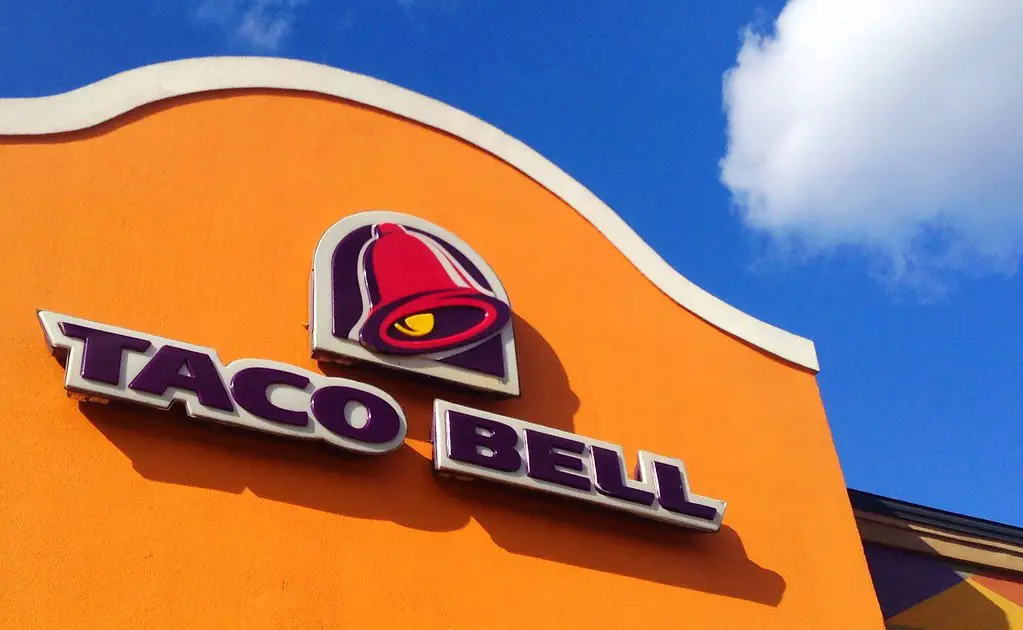
In the early ’90s, Taco Bell introduced the “Ketchup Supreme,” which combined their classic taco ingredients with—you guessed it—ketchup. Aimed at appealing to a younger crowd, the fast food chain thought that adding a twist of ketchup to their taco filling might give the traditional taco a fresh new appeal. However, the experiment was short-lived, likely due to the confusion it caused among die-hard fans of the brand’s established menu. After all, tacos aren’t known for being a ketchup-friendly food.
The Ketchup Supreme failed to catch on, as many customers found the concept odd and unappealing. The combination of taco seasoning and ketchup just didn’t sit right with most people’s taste buds, and within a month, Taco Bell quietly pulled the item from their menu. This gimmick became just another blip in the fast food world, remembered mostly by those who dared to try it.
2. McDonald’s “Hula Burger”
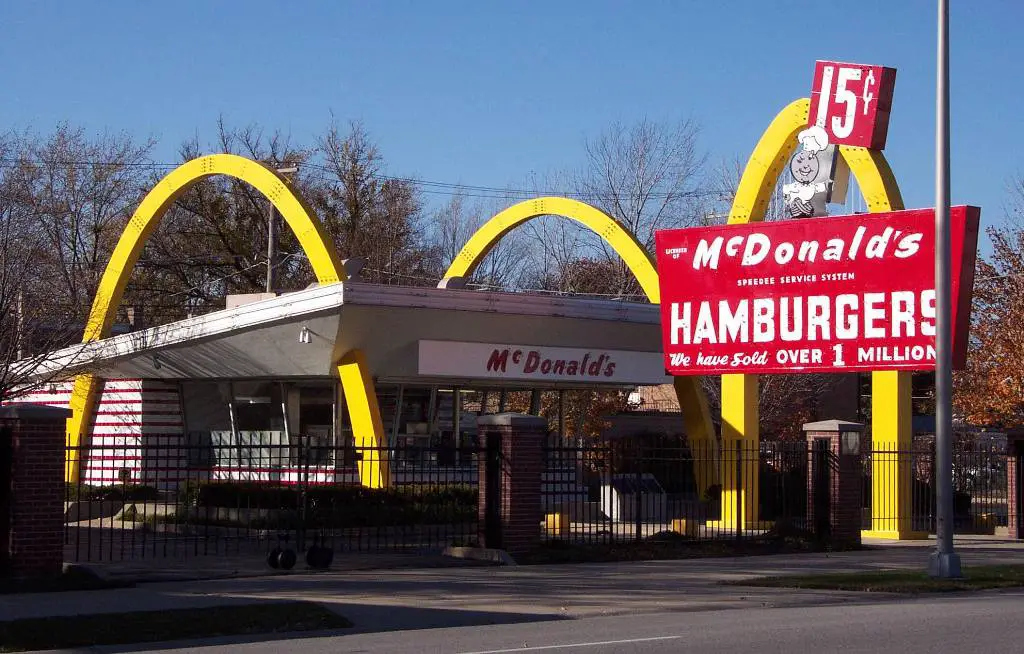
In 1963, McDonald’s introduced the “Hula Burger” in an attempt to cater to Catholics who avoided meat on Fridays. The burger swapped the traditional beef patty for a slice of grilled pineapple, promising a tropical twist on the classic burger. It was part of a limited-time offer, launched as a direct competitor to the more successful Filet-O-Fish sandwich, which was also introduced around the same time.
Despite McDonald’s best efforts to push the Hula Burger as a fresh new option, it didn’t resonate with customers. The pineapple-and-bun combination just wasn’t enough to lure people away from the standard beef patty, and the Hula Burger was discontinued after only a few short weeks. To this day, the Filet-O-Fish remains the more popular choice for those seeking a non-meat option at McDonald’s.
3. Burger King’s “Satisfries”
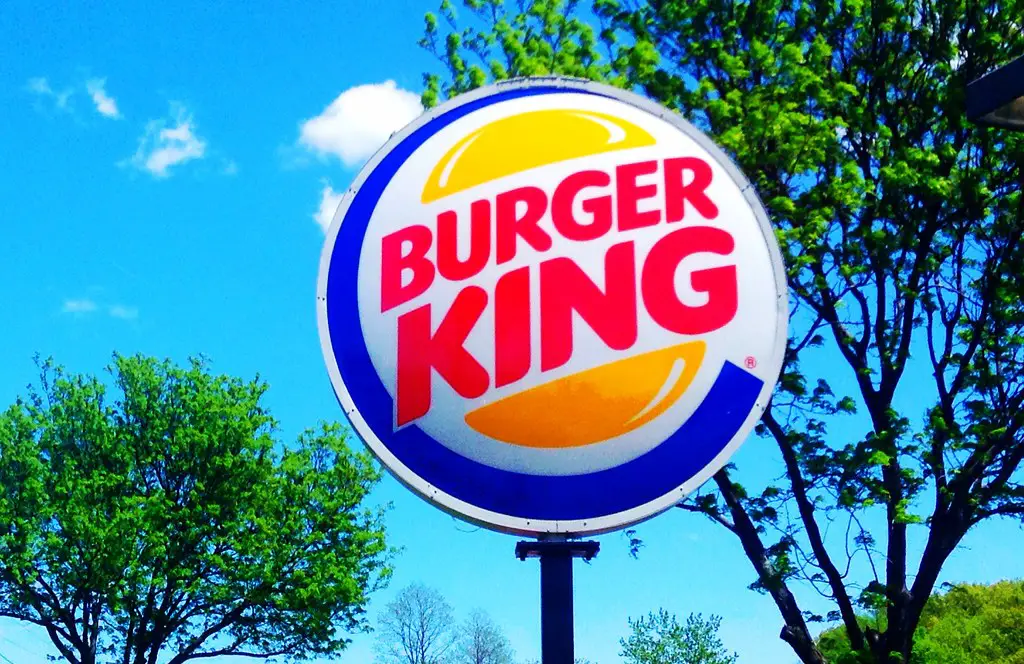
Back in 2013, Burger King launched “Satisfries,” a healthier version of their regular French fries. They claimed that these fries were lower in fat and calories thanks to a unique batter and cooking process. They marketed them as a healthier alternative to traditional fries, hoping to capitalize on the growing trend of healthier eating in fast food.
However, the gimmick fell flat. Despite the marketing hype, customers weren’t impressed with the taste, and many felt the fries didn’t live up to the promise of being a “better” version of the classic fast food side. Sales didn’t meet expectations, and within months, Burger King quietly removed Satisfries from their menu. It turned out that consumers weren’t ready to trade in their beloved fries for a “healthier” but less satisfying option.
4. Taco Bell’s “Choco Taco”
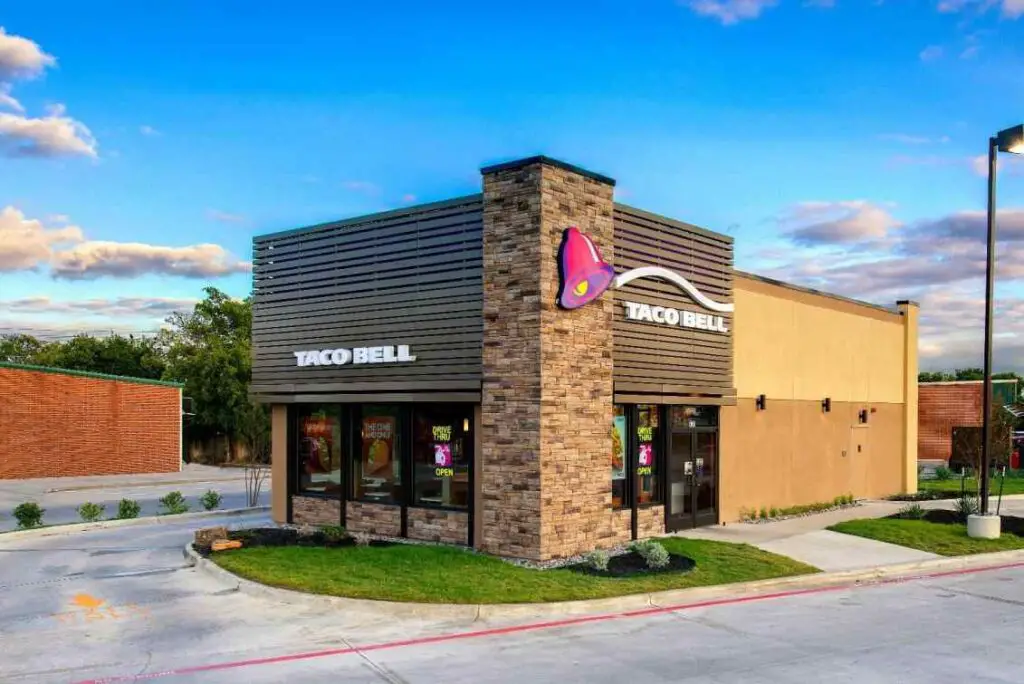
While Taco Bell’s “Choco Taco” had a good run in the 1980s, the item became an unexpected revival in the early 2000s. The “Choco Taco” was a dessert that consisted of a waffle taco shell filled with vanilla ice cream, coated in chocolate and peanuts. For a brief moment, it became a popular summer treat and was even considered a quirky addition to Taco Bell’s more savory menu.
Despite its initial success, the “Choco Taco” was discontinued after just a few months, possibly due to production issues or the difficulty of keeping it fresh. Taco Bell later reintroduced it for limited-time promotions, but it never regained its original hype. The “Choco Taco” remains a nostalgic item, beloved by those who remember its brief, sweet existence.
5. Wendy’s “The Superbar”
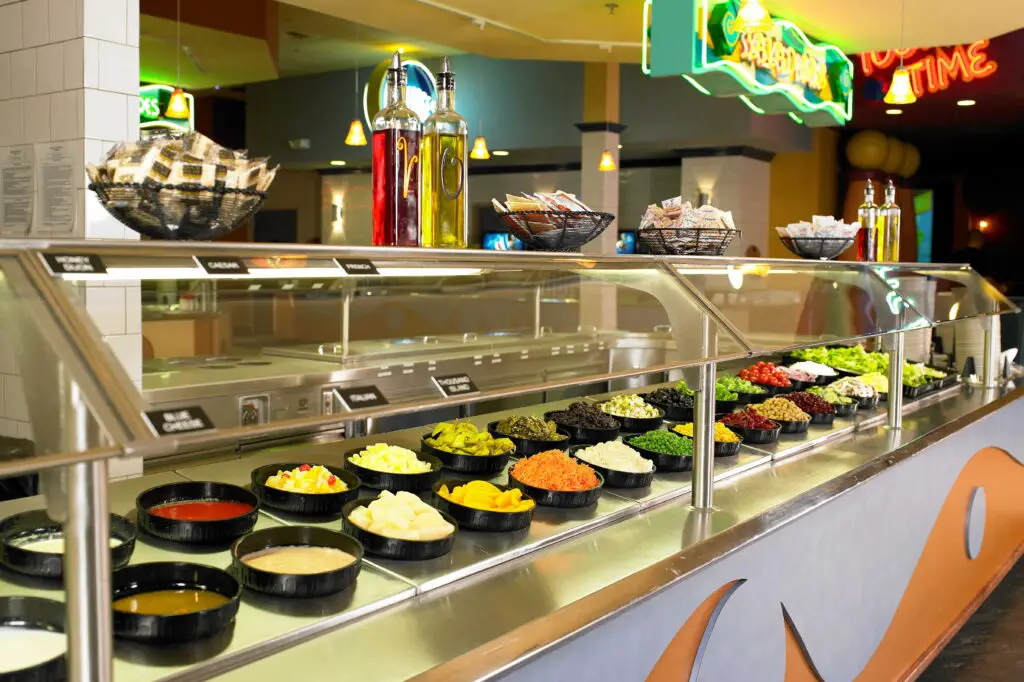
In the 1980s, Wendy’s introduced “The Superbar,” an all-you-can-eat buffet-style salad bar, featuring a range of hot and cold food items. It was an attempt to compete with the growing popularity of salad bars in other restaurants. For a set price, customers could load up on a variety of food options, including taco salads, pasta, and soup, offering a unique twist on the usual fast food fare.
Unfortunately, the concept didn’t last long. The Superbar quickly became a casualty of declining interest, especially as fast food chains began focusing more on drive-thru service and efficiency. Wendy’s pulled the plug on the Superbar after only a few short years, realizing that people preferred the convenience of getting a quick meal without the extra buffet-style frills. The Superbar remains one of Wendy’s more obscure and short-lived experiments.
6. McDonald’s “McDLT”
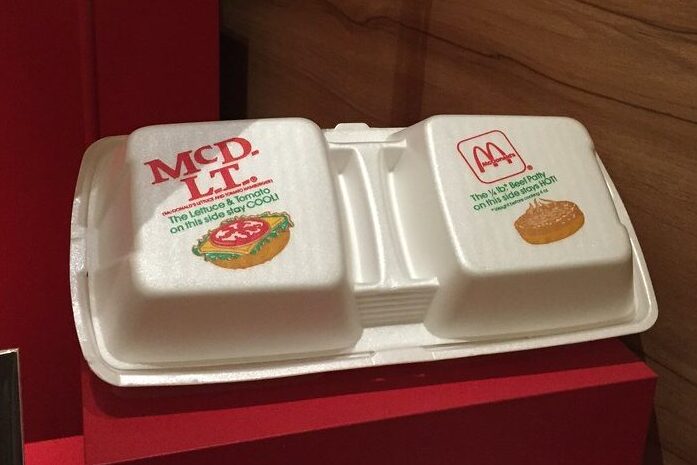
In 1984, McDonald’s introduced the “McDLT,” a burger with a unique design meant to keep the hot and cold ingredients separate. The sandwich was served in a two-compartment container, with the hot beef patty and melted cheese on one side, and the fresh vegetables and condiments on the other. The idea was to keep the veggies crisp and the patty piping hot until it was time to eat.
While the McDLT had its moment, it failed to maintain any lasting appeal. The packaging was bulky and wasteful, and the novelty of separating the hot and cold ingredients wore off quickly. Despite its initial hype, the McDLT was phased out by the late ’80s, marking it as one of McDonald’s more forgettable gimmicks.
